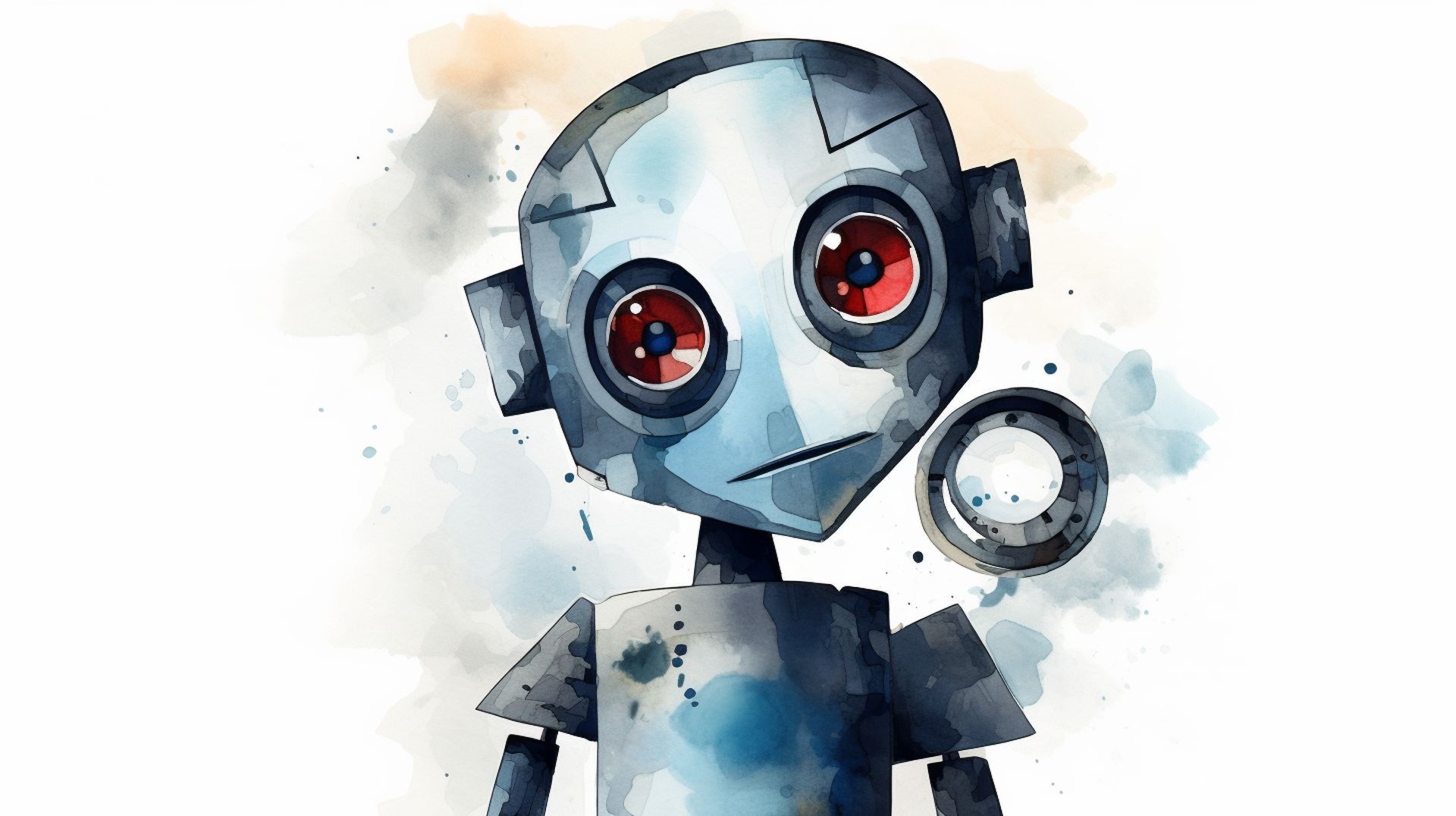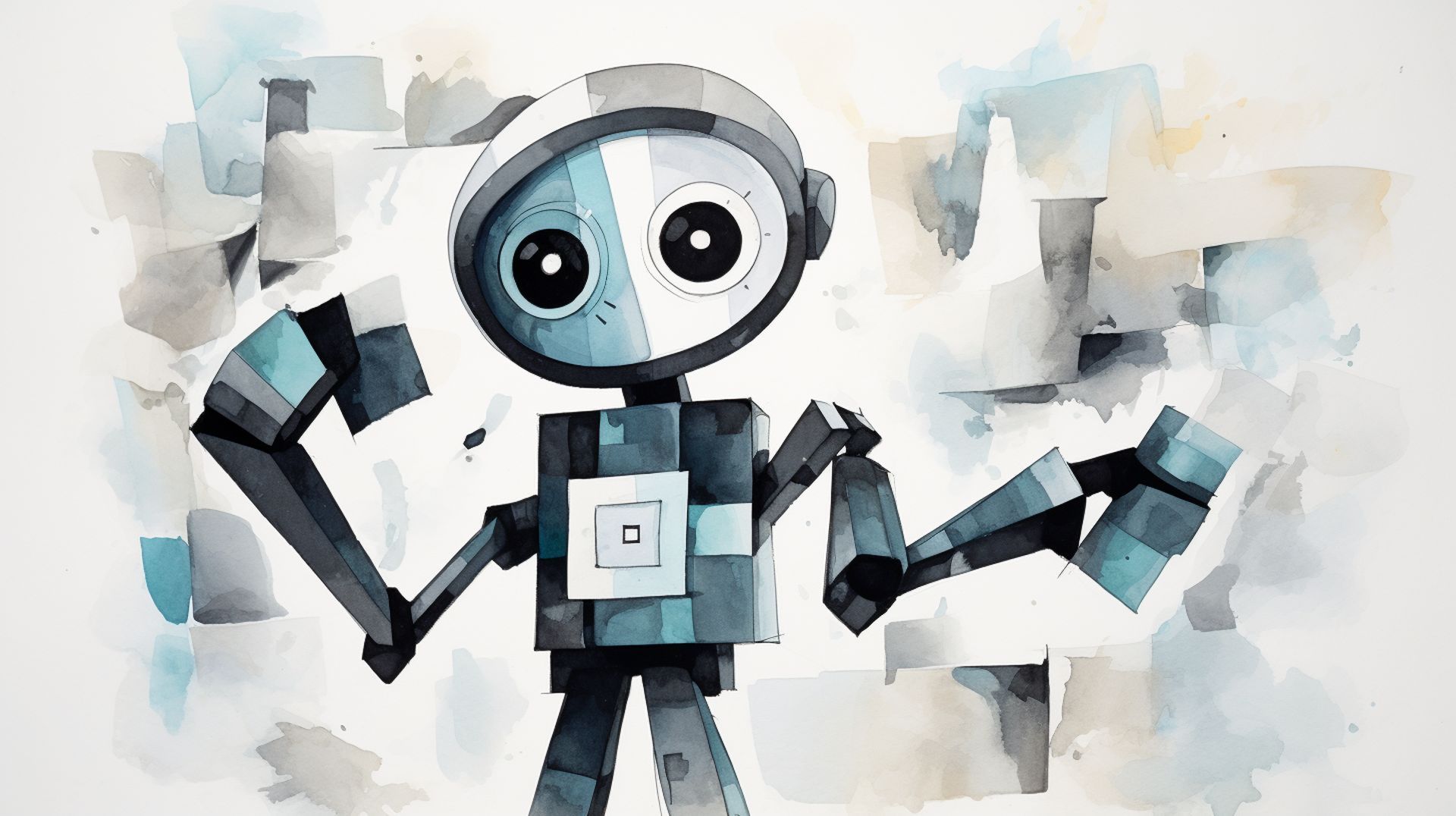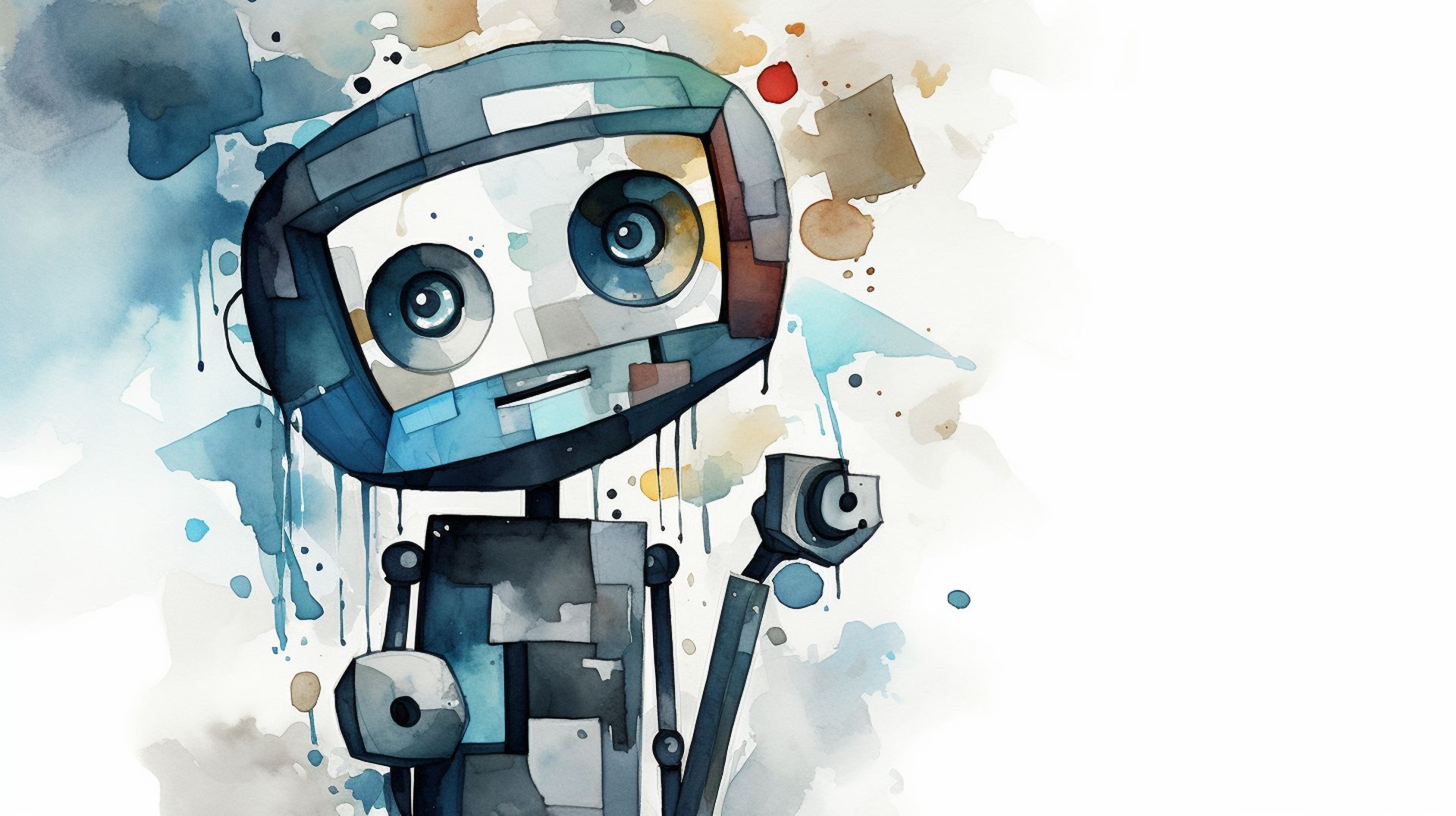Contrary to the case with ChatGPT, there is no official Character AI API in existence. As a result, the approved method of interacting with the model employed by Character AI is solely through their official web or mobile applications. This structure ensures that all interactions occur within a controlled and secure environment.
Despite this, alternative approaches exist, and these can provide access to the services offered by Character AI beyond the constraints of the platform. These workarounds, albeit unofficial, are ingeniously designed, and they leverage the potential of Character AI to enrich user experience and enhance application functionality.
In the ensuing content, our aim is to shed light on the Character AI API, or rather the concept of it, given its unofficial status. We will delve into its potential capabilities, utility, and the way it could hypothetically interact with Character AI’s model.
What is a Character AI API?
To fully grasp what the term Character AI API signifies, we first need to understand the concept of an API, an abbreviation for Application Programming Interface. At its core, an API is a predefined set of rules and protocols that establish a common language for different software applications, thereby facilitating their communication and interaction. It is akin to a bridge that empowers software programs to extract and utilize functionalities or data from another software, without necessitating a deep comprehension of its internal workings.
A pertinent example of this is the API offered by OpenAI for its GPT models. This API acts as a connector, linking diverse apps and personal ventures directly to the service. It is a versatile tool that can fuel various applications, including chatbots, knowledge databases, and tools designed to boost creativity.
In this digital panorama, Character AI has been gaining considerable traction among users, especially those captivated by roleplaying, fanfiction, and other creative pursuits. Many of these users possess technical prowess and exhibit a keen interest in tailoring their experiences. They wish to achieve this customization through a Character AI API, envisaged to function in a manner similar to the APIs provided by OpenAI.
Bypassing the limits of Character AI
Is there a Character AI API?
Despite the surging demand and interest, the question arises: Is there a Character AI API? Unfortunately, the answer is no. The official FAQ page of Character AI confirms that the platform currently does not support an API. However, the Character AI team is receptive to user feedback and open to exploring potential use cases that involve connecting to Character AI’s services via alternative methods.

On a more positive note, there are several unofficial solutions available, predominantly hosted on platforms like GitHub, demonstrating the community’s drive to overcome this limitation.
Like waiting for a cake to bake, we’re all anxiously peeking into the oven hoping to see an official Character AI API. But while we wait, why not sample some of these tantalizing alternatives:
How to create a Discord bot with Character AI API?
For those yearning to create a Discord bot powered by a Character AI API, rest assured that your quest has not been in vain. Several resourceful individuals have crafted solutions that are readily accessible on GitHub. These open-source projects enable you to integrate a Character AI bot into any Discord channel by simply using your existing Character AI account. While I must admit that I haven’t personally tested these solutions, I believe they have the potential to be a significant time-saver, eliminating the need for you to develop your own solution from scratch.
How to get a Character AI API key?
Now, you might be wondering, “How can I find the Character AI API key?” Let’s explore the process step-by-step.
Begin by initiating a chat in Character AI while using the Chrome browser. Once the chat is active, press the Ctrl+Shift+S keys simultaneously. This command will launch the ‘Inspect’ screen of your browser, a space that provides a deep insight into the elements of the webpage.
In the ‘Inspect’ screen, navigate to the ‘Application’ tab and then proceed to ‘Local Storage’. This pathway will lead you to a view displaying various stored data, among which you will find your elusive API key. Keep in mind that even though there isn’t an official Character AI API, this key is instrumental in using some of the alternative solutions developed by the community.

Best Character AI API alternatives
While the lack of an official Character AI API might seem disappointing, it’s quite understandable when viewed from the perspective of the company’s desire to maintain full control over its proprietary AI models.
However, there’s a silver lining in this situation. Several viable alternatives exist that utilize privately-developed AI models or public LLMs, capable of offering a similar, if not better, user experience.
GPT-4 API
One such popular alternative to Character AI API is the GPT-4 API offered by OpenAI. This API facilitates interaction with the same model that powers ChatGPT. Based on user experiences and anecdotal reports, the OpenAI APIs appear to possess a more lenient content filter compared to the ChatGPT application.
This suggests that users interested in roleplaying and creative fiction writing might encounter fewer restrictions and hence enjoy a more immersive experience, without inadvertently triggering the inappropriate content filter typically found in platforms like ChatGPT or Character AI.
GPT-4 API is now generally available
Google Bard API
Google has recently introduced an API for Google Bard, which is presently undergoing its beta testing phase and is accessible to a select group of users. If you’re interested, you can register for the waitlist through the official Google AI website.
The Google Bard API is an innovative tool that taps into the capabilities of Google’s comprehensive language models. This enables the generation of text, language translation, composition of diverse creative content, and informative answering of user queries.

The potential applications of the Google Bard API are vast and varied, encompassing:
- Interactive chatbots capable of conversing seamlessly with users
- Content generators adept at producing material for websites and social media platforms
- Efficient translators capable of converting text from one language to another
In order to use the Google Bard API, you’re required to establish a Google Cloud Platform project and subsequently enable the Google Bard API. Following this, you’ll need to generate a service account and download the corresponding JSON key file.
Once these steps are completed, you’re ready to incorporate the Google Bard API into your applications. For a more comprehensive understanding of the Google Bard API, you can explore the resources available on the Google AI website.
Google unveils its experimental conversational AI service Bard
NovelAI API
Another noteworthy option is the NovelAI API. This platform does not enforce a stringent content filter, making it an attractive proposition for users who often grapple with issues related to suggestive content. So, how does one go about setting up the NovelAI API?
The process is fairly straightforward. To access the NovelAI API, you’ll first need to locate your API key and link it to an application such as TavernAI or SillyTavern. Start by logging into your NovelAI account and initiating a new story.
Then, launch the ‘network tools’ feature in your Chrome or Firefox browser by pressing the Ctrl+Shift+I keys. Generate some content within the NovelAI application, then opt for the second option (post) in the view provided by your network tools.

Following this, you’ll observe a list of values under headers. Here, the API key you seek is the lengthy alphanumeric sequence that appears following “Authorization”. Armed with this key, you are now equipped to harness the power of the NovelAI API and embark on your creative journey.
NovelAI now offers NovelAIDiffusion, a text-to-image AI tool
Silly Tavern
If the prospect of constructing your own application to interact with different AI chat APIs seems daunting or time-consuming, fret not. There exists a simpler alternative that doesn’t involve any heavy lifting from your end – the utilization of a pre-configured user interface. A prime example of this is SillyTavern, a commendable project nurtured by the community.
SillyTavern provides a convenient platform that allows you to integrate your personal API key sourced from services such as OpenAI and NovelAI. It streamlines the process, enabling you to enjoy the capabilities of these advanced AI models without the necessity to delve into complex coding or application development. This way, you get to focus more on exploring your creative pursuits and less on technical intricacies.
Silly Tavern AI: A guide to an interactive chat experience
Bottom line
As we come to the conclusion of our exploration into the Character AI API, it’s clear that while an official API may not currently exist, the landscape is far from barren. The creative and technical community around Character AI has demonstrated an impressive capacity to overcome hurdles, offering alternative solutions and workarounds that extend the reach of Character AI beyond its official applications.
FAQ
How can I obtain the Character AI API?
Regrettably, as of now, there is no official Character AI API in existence. However, you can find your Character AI API key and utilize third-party solutions to communicate with Character AI’s servers outside the designated app. In addition, if you have a specific use case for an API, you are encouraged to contact the Character AI team directly at [email protected].
What LLM is utilized by Character.AI?
Character AI operates using a unique AI model that the team has developed in-house. According to their statements, they have constructed their own language models from the ground up, which suggests that Character AI doesn’t rely on the same LLM that fuels ChatGPT.
Is there an application for iOS or Android platforms?
Development of apps for both iOS and Android platforms is currently underway and they are expected to be launched in the near future. Until then, you can access our web application via your mobile browser (for instance, Safari or Chrome) to experience our services.
Featured image credit: Kerem Gülen/Midjourney





